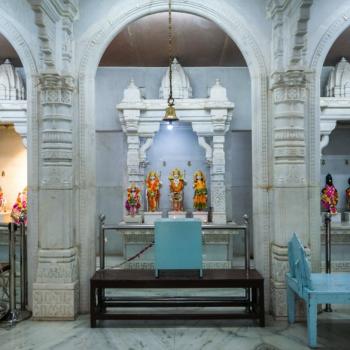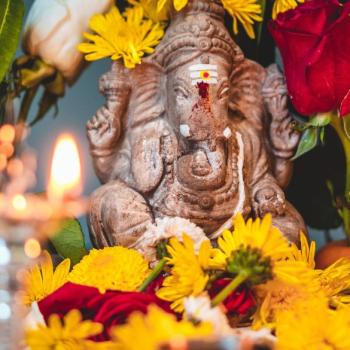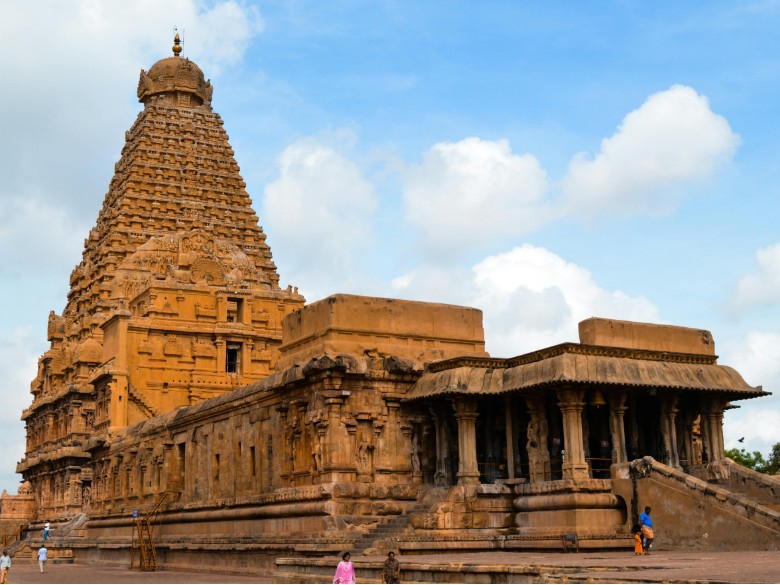
Hinduism and temples are inexplicably linked, and it is no surprise that Hindu temples offer a rich diversity of styles and traditions. From the 212-foot towering Thanjavur temple in South India to the stunning Kedarnath temple deep in the Hiamlayas, these temples feature specific styles that hold great spiritual significance. This article will discuss the major components and styles of Hindu temples.
At their core, Hindu temples are usually classified into three specific types: Nagara, Dravidian, and Vesara, each with its own unique style. Each style is primarily found in certain geographic regions of India and has its own customs and daily rituals.
NAGARA TEMPLES
Nagara-style temples are found in most parts of Northern, Western, and Eastern India. Nagara is taken from the word Naga, as it is associated with snakes and curves at the top while following a straight line from the bottom. They generally have tower-like spires that rise up vertically, reaching out into the sky. Some classic examples of this style include the Kedarnath and the Sun temple in Konark.
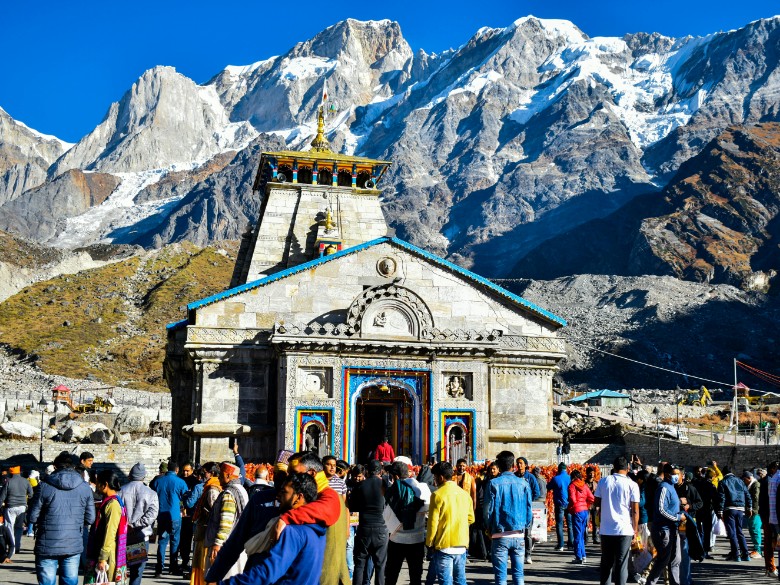
DRAVIDIAN TEMPLES
Dravidian-style temples are characterized by a stunning stepped, pyramidal structure called a Vimana. This Vimana encloses the garbha-griha, the sacred center where the deity resides. Dravidian temples are found mainly in the South, including the states of Karnataka, Tamil Nadu, and Andhra Pradesh. These temples are usually enclosed by an outer compound wall with an entrance gateway in its center, known as a Gopuram. The Gopuram is exceptionally ornate and consists of sculptures of various Gods and Goddesses and their associated leelas or plays.
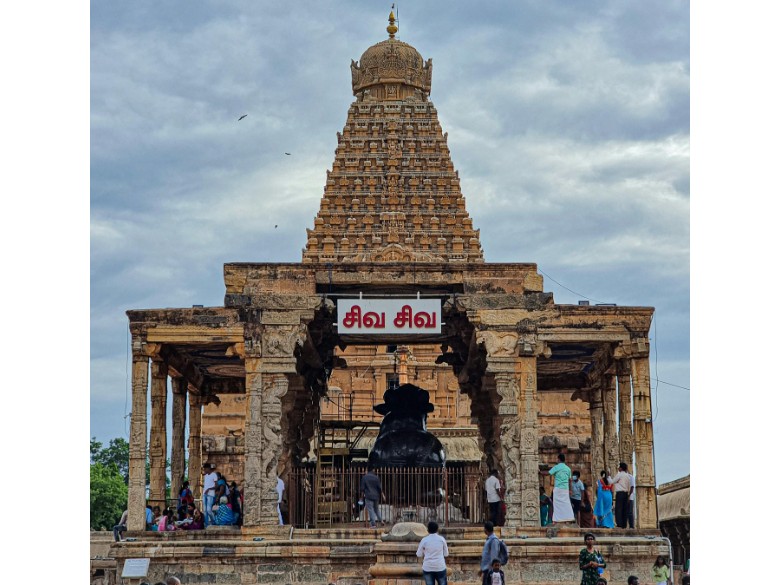
VESARA TEMPLES
Vesara temples are a unique combination of Nagara and Dravidian styles and are found in Karnataka. Drawing upon both influences, they feature a rounded or elliptical sanctum rather than the square plan seen in pure Dravida or Nagara structures. Some of the best examples of Vesara temples include the Hoysala temples found in Halebid, Belur, and Somnathpur. Furthermore, the temple columns, roof, and outer carvings are immensely detailed and sure to leave anyone visiting in awe.
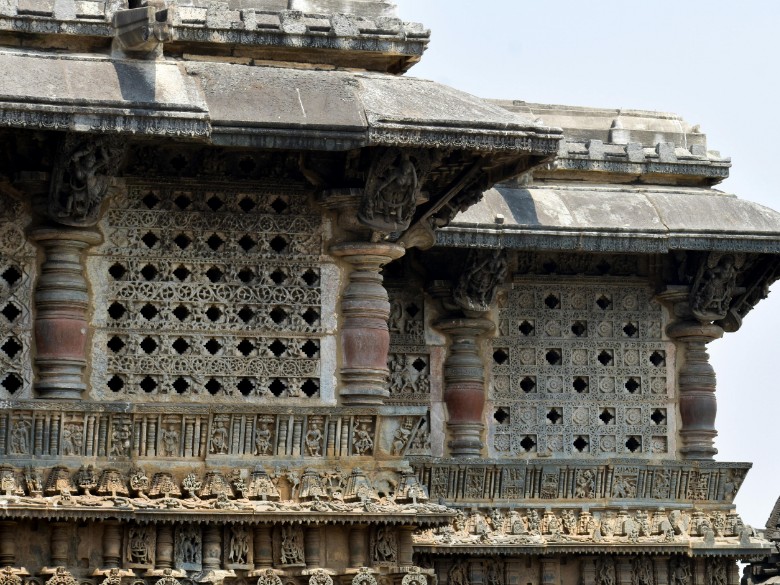
ASPECTS OF TEMPLES
Regardless of the style of the temple, all temples will feature 6 critical aspects.
The Adhishtana is the foundation of the temple.
The Bhitti is the wall segment of the temple.
The Prastara extends out from the wall and protects from rain, heat, etc.
Griva is the neck.
Sikhara is the head.
Stupi (or kalasa) is a round structure that is the temple’s apex and is located on the roof.
Aside from these three main types of temples found all over India, there are many more styles of temples with their own distinctive features. The greatness of Hinduism lies in the fact that everyone can find and follow their own unique path to God, and the rich diversity of temples in India helps one achieve that.






